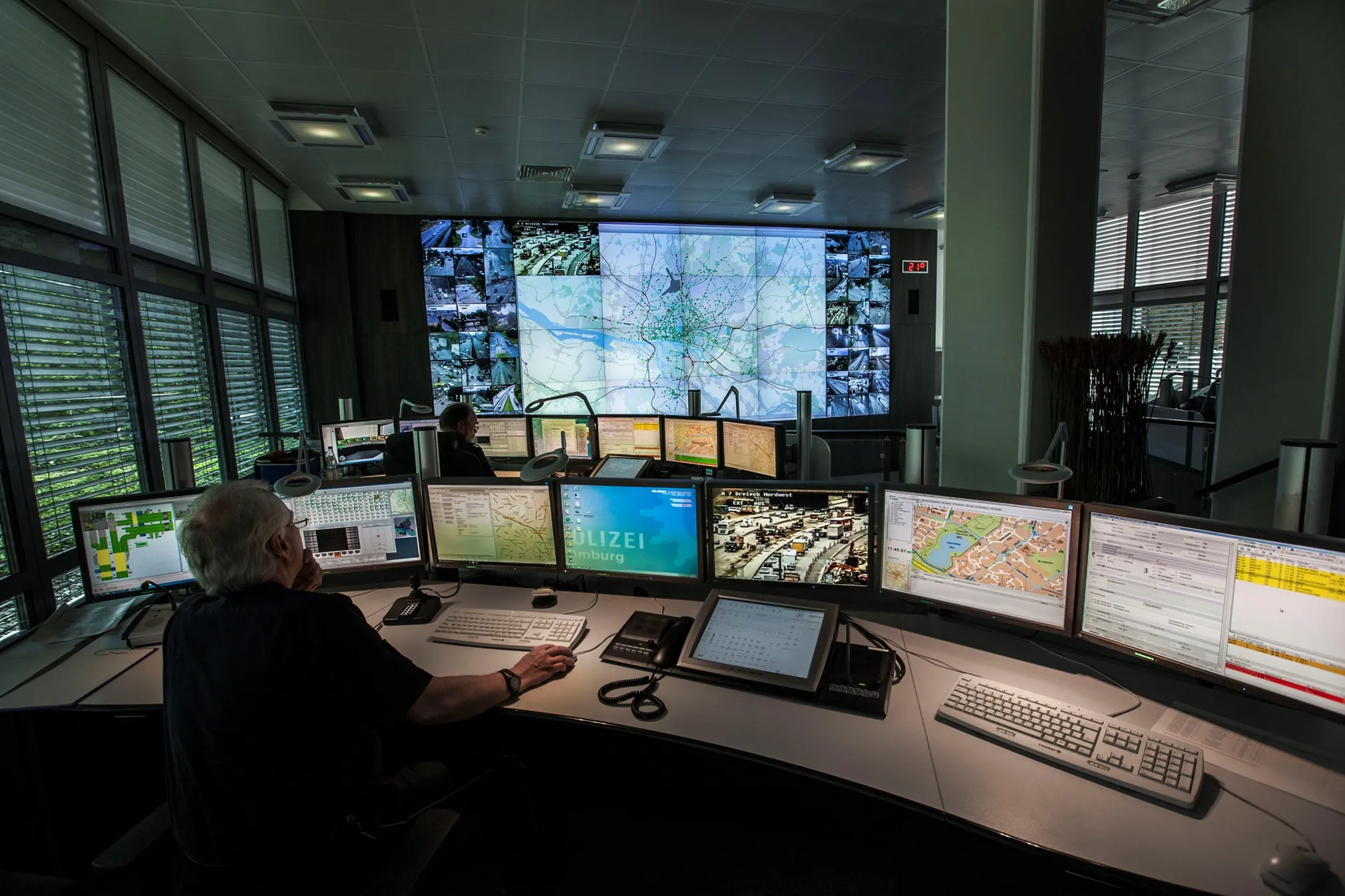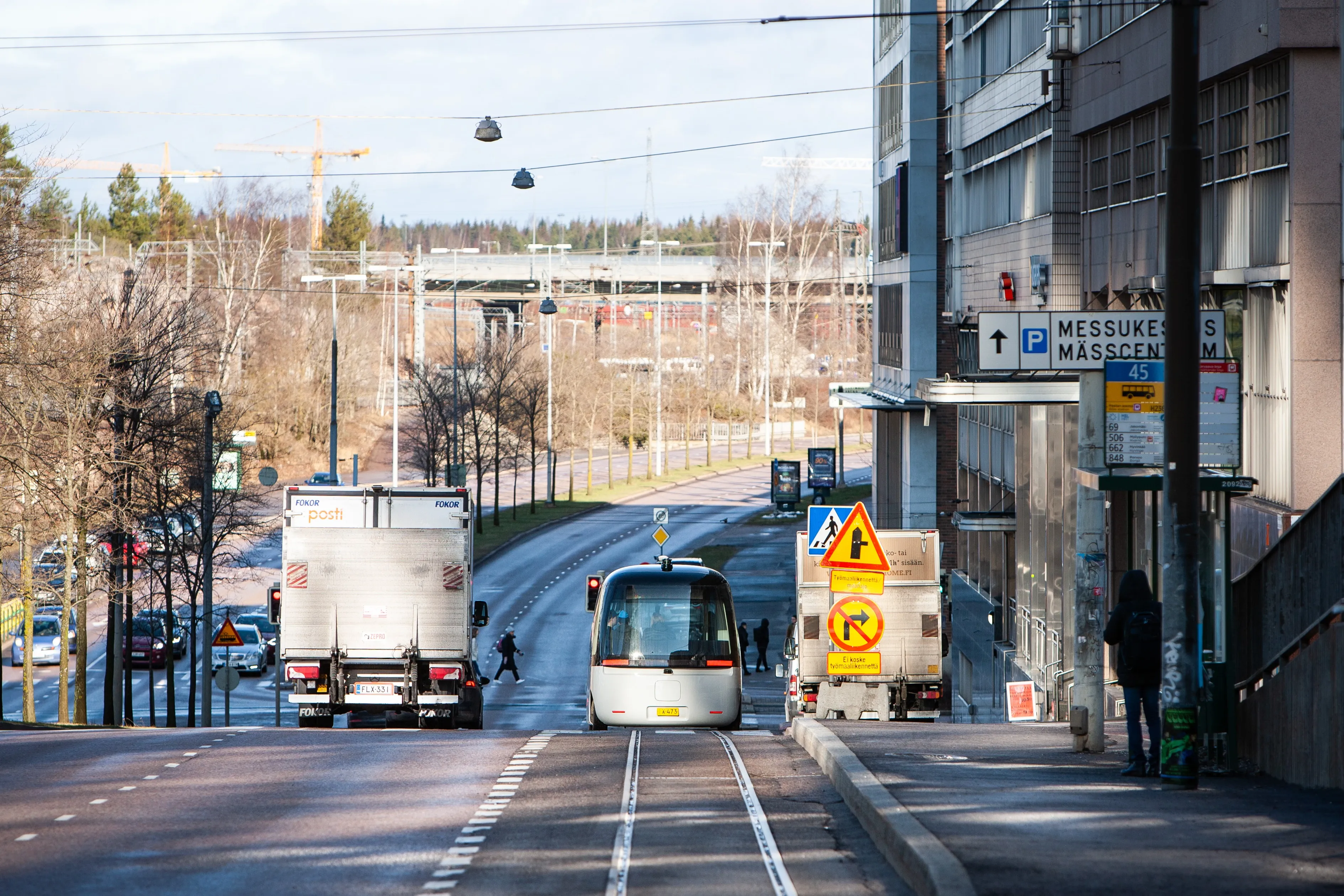Nedap’s smart parking sensors have been installed in the Piazza Risorgimento in Turin, Italy as part of a smart city project initiated by Italian smart city developer Planet.
The project aims to provide a sustainable public space and includes smart street lighting which dims when not required, video surveillance, automated garden irrigation and interactive information panels, as well as smart parking sensors to provide motorists with real-time information on available parking spaces.
The sensors utili
October 14, 2016
Read time: 1 min
The project aims to provide a sustainable public space and includes smart street lighting which dims when not required, video surveillance, automated garden irrigation and interactive information panels, as well as smart parking sensors to provide motorists with real-time information on available parking spaces.
The sensors utilise both infrared and magnetic field technology to deliver real-time parking occupancy information via the Planet app, providing the city with a tool to reduce pollution and traffic.










